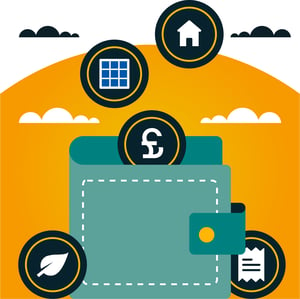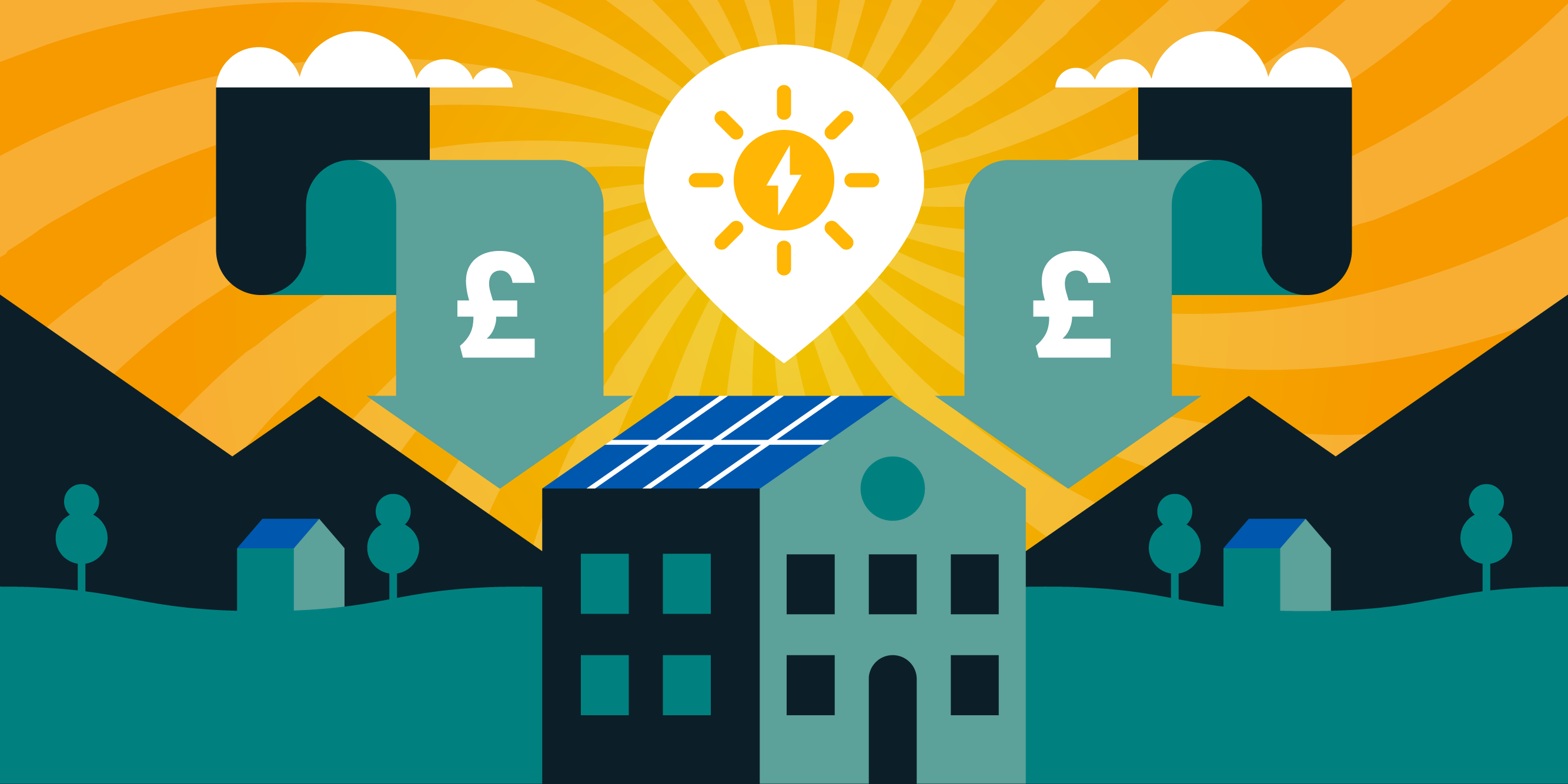Solar gone crazy: the price cap effect
As energy prices rise, more households have been considering the big changes that can help make a dent in their growing bill.
Previously, the main reason for households installing solar was to cut their carbon footprint. However, after April’s price cap rise of 54% and the promise of another increase in October, people are turning to green solutions, such as solar panels, to help offset their energy costs.
Why did energy prices rise?
The energy price cap rise in April was due to a combination of factors including the rising cost for companies to buy oil, coal and gas. A long winter, increased demand from businesses after the pandemic and countries looking to end their dependence on energy from Russia contributed too.
These factors took their toll on energy suppliers and ultimately, as customers we’ve had to pay the price. The average bill since April is now £1,971 and is estimated to rise above £3,000 in October.
The price cap effect
With the eye-watering cost of the average energy bill, many are looking for ways to cut theirs and are coming to the same conclusion after crunching the numbers for solar - it now makes financial sense for more households.
One solar firm reported that in the weekend after the price cap rise, enquiries for solar rose by 300%. They also reported that whilst 85% of their business was focused on heat pumps last year, solar now makes up around 90%.

With not only the energy crisis but the climate crisis too, the one positive in all the chaos is that those able to afford solar are making a positive impact on the planet. A typical solar installation can save 1.6 tonnes of carbon emissions each year!
Are Solar Panels Right for You?
Whether you're curious about the benefits of solar energy, want to understand the installation process, or are eager to learn about the latest innovations in the solar industry, we've got you covered. Our newsletter is packed with expert insights, helpful tips, and answers to all your burning questions about solar power.
Weighing up the financial benefits
As energy prices rise, the savings from solar rise with it. Every unit of electricity you self-consume saves you from buying that unit from the grid, cutting your energy bill in the process.
It has also reduced the payback time on a typical solar install by 30%!

The savings don’t stop there. There are further ways to increase your self-consumption.
- Set appliances to run in the middle of the day. Items like your dishwasher, washing machine and tumble dryer all use a lot of energy to run. Concentrating your electricity use to the most cost-efficient time of day, helps you use the most of the cheap, green energy you generate.
- Got an EV? Set it to charge during the day too! There are EV chargers specifically designed to enable you to do this.
- Add a home battery. A home battery stores the electricity captured by your solar panels during the day, so you can use this free energy at another time - like during the evenings. Whilst home batteries are pricey - starting at £3,000, they can increase your self-consumption from 30% to 60%, which makes them a great addition.
They’re an investment now, but as solar panels are warranted for 25 years, that’s 25 years of paying less on your energy bill.
Solar is not the only answer
Solar is a great solution if you’re lucky enough to be in the position to consider it. But if you’re not, it doesn’t mean you need to settle for higher energy bills. There are still ways you can take back control of your energy costs.
- Monitor your home. Learning what ‘normal’ energy usage means for your home can help you spot the opportunities to reduce it and sharpen your ability to instinctively know the most efficient way of doing something. If you measure it, you can control it!
- Turn off the always-on. Get familiar with your ‘Phantom Load’ - the wasted energy used by appliances left on or on standby. It accounts for around 30% of an average bill! If you're not careful it's all too easy for the cost of these hidden extras to add up.
- Level up your efficiency. Simply seeing how much your energy use is costing you each day has an impact on how much you use. It’s called the “feedback effect” and on average, Loop users cut their usage by 10%.
So, if you’re deciding whether solar is right for you, it pays to think long-term. With another significant price rise in October, they’re a good investment to future-proof your energy bill and cut the carbon emissions of your home.
• • •
Subscribe to our solar newsletter for expert guidance on all things solar power. If you want to learn more about the installation process, costs, savings and more - we’ve got you covered!









